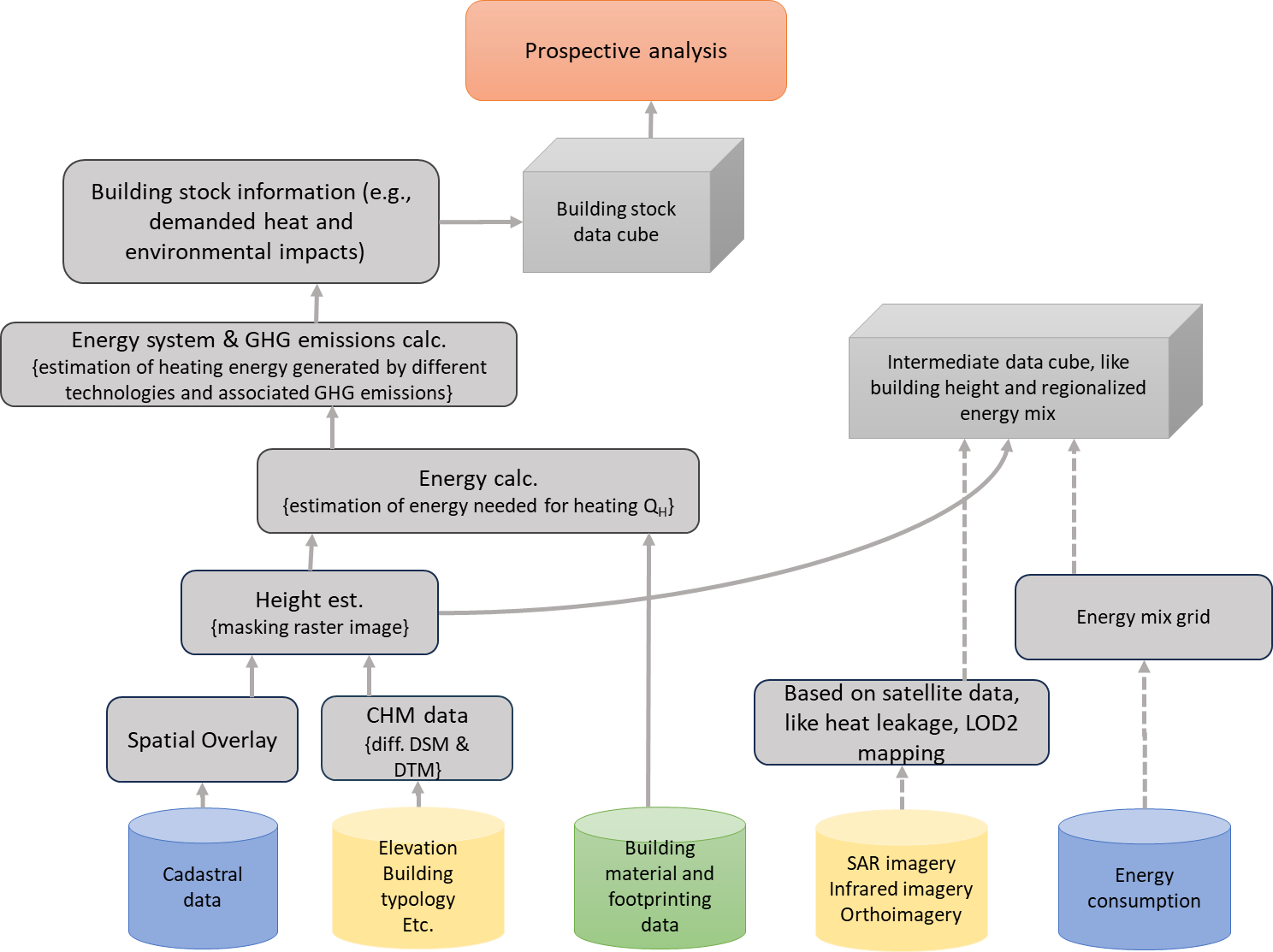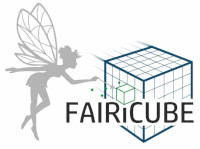
Partners: Stiftelsen Norsk Institutt for Luftforskning, Norwegian Institute for Air Research
Use Case objective
UC4 addresses the pressing need to evaluate and map the potential for energy retrofitting and circularity in residential buildings to align with the European Union’s ambitious climate goals.
Currently, buildings are major contributors to both energy demand and greenhouse gas emissions. More sustainable practices in construction hold promise for reducing environmental impact, enhancing resilience, and averting raw material price hikes.
However, a significant challenge lies in the scarcity and fragmentation of data on building materials and properties. This gap impedes informed decision-making on investments and the promotion of circular and local materials.
Possible applications
UC4 aims to bridge this divide by developing an agile model which enables the assessment of in-situ materials, energy performance, and emissions of residential building stocks. The model will allow to estimate optimal renovation rates and evaluate the climate neutrality potentials in four European cities: Barcelona, Luxembourg City, Oslo, and Vienna. These assessments may also be adapted for optimization work, considering local constraints such as fiscal and climate budgets, as well as the decarbonization of energy sources.
Researchers, analysts, city planners, and sustainability consultants may find the developed model useful. In addition, the developed model is crucial for the EU Green Deal to achieve energy efficiency, reduce emissions, and promote sustainable construction.
Data used
Diverse data sources will be used, including airborne surveys and ground-based repositories. Tabular data will complement missing information, facilitating comprehensive decision-making regarding energy renovation and circularity initiatives. The use case will visualize its findings using the FAIRiCUBE hub, ensuring accessibility and usability for a wide range of stakeholders.

